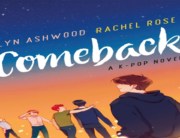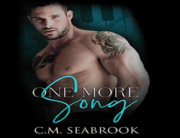
The best way to emphasize emotion in dialogue is to throw one or two (or 800) exclamation points into your manuscript or text. All joking aside, you realistically only want to use this point in moderation. Using too much of a good thing becomes dramatic and we want your writing to create the drama, not the punctuation. It’s always good to know when to use this magical point that effortlessly invokes emotion in the person speaking and in the reaction from the receiver:
- At the end of a sentence:
It should never be followed by a period or question mark. Some, if not most, writers use the question mark paired with the exclamation point to bring light to an exclamatory question. We hate to burst your bubble on this one, but you only need one or the other. - In the middle of a sentence:
As always, if a quotation ends in an exclamatory manner, I know I would usually throw in a comma to continue the sentence. Lo and behold, the comma is not necessary in this situation. - As a part of a titled work:
Use the comma when the title of a book is yelling at you…this is the only time!
This week’s lesson is short and sweet and straight to the point, but wait… there’s more (or there was more)! Did you know there is a punctuation mark combining the question mark and the exclamation point? It’s called an interrobang. The interrobang came and went as quickly as you turn the page of your favorite novel, but sometimes we think we should bring it back!









Leave a Comment